I'm sorry that the title is vague, but I don't know if there is a scientific name for the vector that I'm trying to calculate.
See sketch
The two black lines are vectors pointing from some origin. The red lines are the perpendicular vectors of the black vectors. I want to calculate the blue vector which points to where the red vectors intersect.
I'm using this as a way to 'combine' two vectors. I'm looking for a way to find the "maximum" vector that moves the amount of both instead of just simply adding the vectors.
Examples:
If two vectors are equal, adding them together would produce a vector twice as long. Instead, my vector should just be the size of one of the original vectors.
If one vector is longer than the other but in the same direction, my vector should be the longer one.
On the other hand, if the two vectors are orthogonal then my vector will be equal to the vectors added together.
If there is a scientific name for this vector that someone knows about then please let me know so I can do my own research. :)
Thanks.
Edit:
Based on dpmcmlxxvi's post,
I came up with the two equations to solve for the x and y intersection points.
xi = (m1 * x1) - (m2 * x2) - y1 + y2
yi = (m1 * xi) - (m1 * x1) + y1
Edit:
The above equations had issues with infinite values of m (when the perpendicular lines were vertical).
I found a Wiki article: https://en.wikipedia.org/wiki/Line%E2%80%93line_intersection#Given_two_points_on_each_line
and used the "Given two points on each line" equations which work great as long as the lines aren't parallel.
